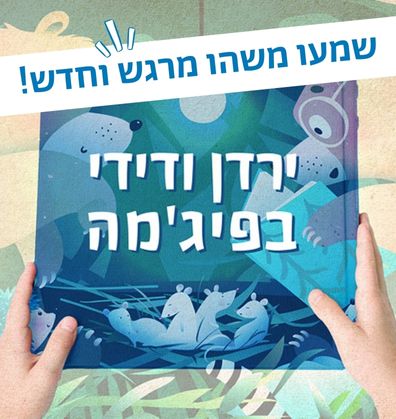סְּפָרִים
Book-Related Family Activities

לכולנו יש המצאות
תוכלו לשוחח ולשאול: האם גם אתם רוצים להיות ממציאים? מה הייתם רוצים להמציא? האם קרה לכם פעם שנתקלתם בבעיה או בצורך כלשהם וחשבתם על המצאה שתוכל לעזור?
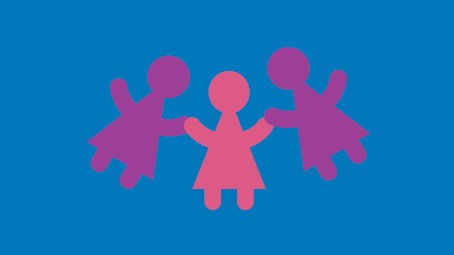
יוצרים קומיקס משפחתי
בהשראת הספר תוכלו ליצור קומיקס משפחתי משלכם. חשבו על דמויות משעשעות ונסו לצייר אותן בתוספת משפטים קצרים. מה הדמויות אומרות? איזה סיפור מעניין יש להן לספר?

מהספר לחיים
תוכלו להסתכל סביב ולבדוק אילו מההמצאות שבספר הן חלק מחייכם. אולי הטפטפות בגינה? סלט עגבניות השרי בארוחת הערב? או משחק הטאקי האהוב? לאחר מכן תוכלו לכתוב מכתב תודה לממציא ההמצאה ולספר לו כיצד היא משמשת אתכם.

המעבדה הביתית שלנו
גם אתם יכולים לחשוב יחד על אתגר מחיי המשפחה, ולבנות – מחפצים ביתיים – מכונה דמיונית שתסייע להתמודד איתו. כך למשל קופסת נעליים וידית ישנה יכולות להפוך למכונה לקיפול כביסה, וגליל נייר – למכשיר חדשני לטיפוח הגינה.

Childhood memories
The grandfather’s friends tell his grandchild about the boy his grandfather once was. Take a moment to share with your child too about the childr you once were, what you liked to do, what you miss, and share childhood photographs. You can also ask your child: What would you tell about yourselves when you were younger? What memories are particularly joyful or moving?
A song from the land of childhood
This book can inspire you to introduce your child to songs that remind you of your childhood or the place where you grew up. You can listen to old songs together and ask: Do you also have songs that remind you of things?

“Buenos Dias”
When the grandfather and father in this book speak to one another in Ladino, the child feels as if they are sailing away together to a faraway land. It is very exciting to understand, know, and utter words in a foreign language. Throughout the book, words and phrases appear in Ladino; you can go back and look for them in the book, then try to pronounce them together, and look .up their meaning

QR code
Scan the QR code and listen to the book Trees Waiting for Rain on the Sifriyat Pijama podcast. We recommend following along with the book while listening.
Proposed Family Activities:
- This book is based on a true story. Perhaps your child could read it with a member of an older generation, such as a grandparent, uncle or aunt. Wouldn’t it be wonderful if by doing so, you will learn some family stories you had not heard before? It may be advisable to make an audio, video or hand-written record of them!
- You may enjoy leafing through the book together and pointing out signs of the time that have been incorporated into the illustrations. Perhaps you could look for old photographs of family members at home, and focus on the clothes, hair styles, and various objects they had back in their homelands.
- Where has your family come from? How many generations has your family been living in Israel? You may want to open an atlas, place some tracing or parchment paper on top of the world map, and draw arrows on it to mark the journey made by your family before coming to Israel. You could also use online software, such as Google Maps, to take a virtual tour of your family members’ homelands.
- Do you also have a personal or family dream? It may be fun for each member of your family to write down their dream on a piece of paper, insert it into an empty bottle, and seal it with a cork or top. You can return to your bottles in a year, and check whether the dreams you wrote came true.
- The new olim in this book have different customs, languages, and clothes. Sometimes, different customs, clothes, and traditions can be found within the same family. How about teaching your children some words in their grandparents’ mother tongue? Or reminding one another of your special family traditions and songs.
- The two new olim in the book sing a liturgic song together, originating in Psalms and found in the Hallel prayer:
“בצאת ישראל ממצרים בית יעקב מעם לועז…”
Do you know the tune to this song? How about singing it together? You could also look up other tunes online at www.zemereshet.co.il.
read this book together
You may want to read this book together, pause, and ask your child to tell you what they think is happening at that point in the story. How far along were you when you figured out where the grandmother and grandson were going, who the people in the black suits were, and what their cases contained?
• The grandmother and grandson in this book are spending time together
The grandmother and grandson in this book are spending time together. A special connection is often forged between children and their grandparents, that is unlike the relationship between parents and children. Can you recall a special time spent with your grandma or grandpa? You may want to share your childhood memories with your child, and discuss their relationship with their grandparents, aunts, or uncles.
playing a game
The authors depict the concert in the sand through a detective story, in which the grandmother does not tell her grandson where they are headed. Having read the book together, you may want to suggest playing a game in which your child will take you somewhere without disclosing your destination. Your child can prepare clues along the way, much like a treasure hunt.
What kind of music do you like listening to?
During the first concert, the orchestra played pieces by Schubert, Brahms, Mendelssohn, and others. What kind of music do you like listening to? Does anyone in your family play a musical instrument, or is learning to play one? Having read this book together, you may also enjoy attending a concert together, or even holding one of your own at home. There are many roles to be played at a family concert – musicians, conductor, and audience.
Bronislaw Huberman
Not too many people know the story of Bronislaw Huberman. Numerous men and women have been courageous and done great deeds for which they have not become famous. Perhaps you can think of another historical figure that you have heard about or known personally, whose story you would like to share with your child. You could even make a short storybook about them, and send it to us.
Proposed Family Activities:
- You may enjoy reading this book together and asking for your child’s opinion – do they think this story really happened? How did the friendship between the shoemaker and the Emir “save” Jerusalem? Perhaps you could choose one elderly friend or member of your family, and suggest that your child interview them about their childhood. The interview can be recorded, drawn or written down, to be kept for posterity.
- This story takes place in Jerusalem at the beginning of the 20th Which characteristics of Jerusalem can you identify in the illustrations? You may want to look for other pictures of Jerusalem from the same period, and compare it to contemporary ones: does Jerusalem still look this way? What about it has remained the same, and what has changed?
- The narrator’s grandfather was a craftsman, a shoemaker. Perhaps you would enjoy discovering the occupations in which your family members engaged in past generations. Is any of the professions passed down from one generation to the next? You may want to create a family tree, and draw a symbol of each family member’s profession alongside their name.
- Many last names provide information about one’s family history. Does your last name hold a clue about an ancestor’s occupation? Or the place from which your family immigrated to Israel? Or any other past family characteristic?
- By squeaking, the boots remind the Emir of the help he received from his friend, the shoemaker. Perhaps you can remember someone who once helped your family. What reminds you of them? Together, you may want to think of ways to make them happy.
- Many past professions are disappearing – milkmen, watchmakers, blacksmiths, streetlamp lighters, etc. Can you think of any other occupations that no longer exist? Perhaps you could imagine together what the world would be like if other professions we now have will no longer be required. Which occupations might come in their stead?

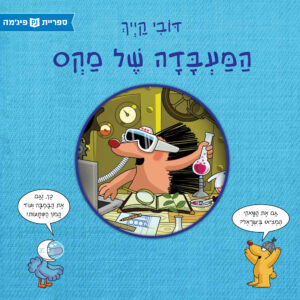 Max the Inventor
Max the Inventor 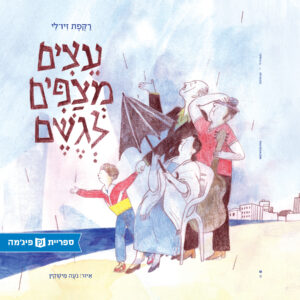 Trees Wait for Rain
Trees Wait for Rain 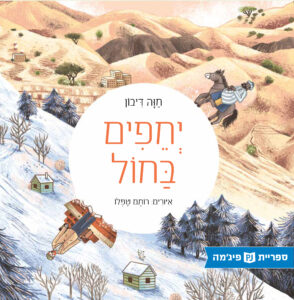 Barefoot in the Sand
Barefoot in the Sand 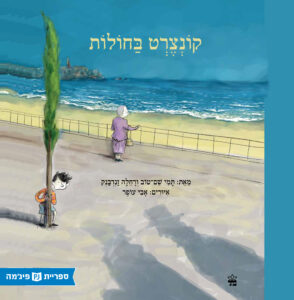 A Concert in the Sand
A Concert in the Sand  The Boots that saved Jerusalem
The Boots that saved Jerusalem 


